Print vs Painting: Understanding the Differences
Author:
GeorgeUpdated:
28.09.2025


- What are the Differences Between Prints and Paintings?
- How are Prints Made?
- 1.1. Lithography
- 2.2. Giclée Printing
- 3.3. Screen Printing (Serigraphy)
- 4.4. Relief Printing
- 5.5. Intaglio Printing
- 1.
- How are Paintings Made?
- 6.1. Oil Painting
- 7.2. Acrylic Painting
- 8.3. Watercolor Painting
- 6.
- What are the Visual Differences Between Prints and Paintings?
- 9.1. Production Process
- 10.2. Texture and Surface Impact
- 11.3. Color Depth and Vibrancy
- 12.4. Brushstrokes
- 13.5. Edge Texture
- 14.6. Pencil Marks and Sketching
- 15.7. Artist Signatures
- 16.8. Originality Certificates
- 9.
- Which Is More Valuable: Prints or Paintings?
- Prints vs Paintings for Home Decor: What Should You Choose?
- 17.What is the Difference Between Limited Edition and Open Edition Prints?
- 17.
- How Do Different Types of Art Look in Prints and Paintings?
- 18.Landscape art
- 19.Abstract art
- 20.Portrait art
- 18.
Did you know that an original painting can be worth 10x to 100x more than a print? Yet, many buyers mistakenly purchase prints thinking they are investing in valuable art.
Prints are copied versions of an original artwork on paper or other materials and it is created using different printing techniques. Printing creates multiple reproductions of a single artwork. Meanwhile, painting is a process of creating original artwork by using colors on surfaces like canvas, wall, fabric, and other materials.
The art world is full of reproduction techniques that make it difficult to distinguish between an authentic painting and a print.
"An original artwork holds more merit than its exact copy, as it embodies the artist’s personal expression, brushwork, and unique imperfections that cannot be replicated." - "The Economics of Art and Culture", François Benhamou & Victor Ginsburgh
This distinction isn’t just about artistic value, it impacts texture, depth, and even market pricing. Prints are smooth, machine-made reproductions, while paintings have visible brushstrokes, layering, and texture that make each piece truly unique.
What are the Differences Between Prints and Paintings?
The difference between a print and a painting goes beyond how they’re made. It affects texture, depth, value, and even how the artwork feels when you see it in person.
Production process
Prints are reproduced using digital or mechanical methods, which means multiple identical copies can be made. Paintings are one-of-a-kind pieces created by hand, with natural imperfections and depth that no machine can replicate.Texture and surface
Prints have a smooth, flat surface with little to no tactile quality. Paintings, on the other hand, show raised paint layers, brushstrokes, and even rough edges, giving them a three-dimensional presence.Color depth and vibrancy
Prints often look uniform, with colors appearing flat or consistent across the surface. Paintings use layered pigments and brush techniques that interact with light, creating richer, more dynamic colors.Brushstrokes and edge detail
Any “brushstrokes” in prints are simply part of the reproduction. In paintings, each brushstroke is real, expressive, and unique to the artist. Edges may also be rougher or show canvas texture.Underlying marks
Prints don’t show pencil sketches or underdrawings. Paintings may reveal these marks beneath the paint, offering a glimpse into the artist’s process.Signatures and authenticity
Prints may include reproduced signatures or, in limited editions, hand signatures — but they’re still reproductions. Paintings are signed by hand, and certificates confirm their originality and value.
In short, prints make art accessible, but paintings remain unique works of creativity and craftsmanship.
As Dr. Clare McAndrew from Art Basel puts it: “Handmade paintings, especially those created by renowned artists, tend to appreciate in value over time, while prints—even limited editions—are more about accessibility than investment.”
How are Prints Made?
Prints are created by transferring an image from a matrix (such as a plate, screen, or digital file) onto paper or another surface. Depending on the method, prints can look smooth and uniform or carry distinctive textures.

Here are the main techniques:
1. Lithography
An image is drawn with greasy ink or crayon on a flat metal or stone plate. The plate is treated so only the greasy areas attract ink, which is then pressed onto paper, producing smooth, highly detailed prints.
2. Giclée Printing
A high-resolution inkjet printer sprays archival-quality ink onto paper or canvas. This method accurately replicates colors and details. It's ideal for museum-quality art reproductions.
3. Screen Printing (Serigraphy)
Ink is forced through a stencil-like mesh screen onto paper, fabric, or other surfaces. Each color requires a separate screen, allowing for bold, layered designs. Commonly used for posters, textiles, and graphic art.
4. Relief Printing
The design is carved into wood, linoleum, or metal, leaving raised surfaces that hold ink. When pressed onto paper, it creates bold, high-contrast images with distinctive texture. Examples include woodcut and linocut prints.
5. Intaglio Printing
The image is engraved or etched into a metal plate. Ink is applied to fill the grooves, and high pressure transfers the design onto paper, resulting in fine details, deep textures, and rich tonal contrast. Common techniques include engraving, etching, and drypoint.
How are Paintings Made?
Painting is the process of turning emotions, stories, and ideas into visual form on canvas, wood, paper, or other surfaces. Artists use different mediums, each with its own textures, colors, and expressive qualities.

1. Oil Painting
Oil painting is pigment mixed with linseed oil and has rich colors and deep textures. It has been one of the most popular painting methods for centuries due to its blendability, slow drying time, and ability to create fine details. According to Zhang (2022), oil paintings reflect historical and cultural evolution and they are highly valued for their versatility, aesthetic appeal, and durability.
2. Acrylic Painting
Acrylic paint is made from pigments in a synthetic polymer emulsion. It dries quickly. Artists can build layers fast and experiment with techniques like pouring and glazing. Acrylic paintings are valued for their modern appeal, durability, and resistance to fading or cracking. They are highly sought after in the contemporary art market.
3. Watercolor Painting
Watercolor painting uses water-soluble pigments to create soft washes, gradients, and transparent layers. Artists mix colors with water to achieve vibrant yet delicate effects, evoking a sense of light and depth. Though less traditional than oil or acrylic, watercolor paintings are appreciated for their fluidity, luminosity, and unique aesthetic.
Of course, these are just some examples; see all painting mediums.
What are the Visual Differences Between Prints and Paintings?
The visual differences between prints and paintings depends on their production process, texture and surface impact, color depth and vibrancy, brushstrokes, texture of edges, marks of pencil, artist signatures, and originality certificates.

1. Production Process
- Prints are reproduced using digital or mechanical methods, making multiple identical copies. They lack the texture and imperfections found in hand-made art.
- Paintings are one-of-a-kind pieces, created by hand with visible brushstrokes, organic textures, and artistic depth.
2. Texture and Surface Impact
- Prints have a smooth, two-dimensional surface due to mechanical production. They lack tactile quality and often feel flat.
- Paintings have a three-dimensional texture with visible paint layers, ridges, and brushstrokes. Their surfaces can be smooth, rough, or impasto.
3. Color Depth and Vibrancy
- Prints may appear vibrant, but colors often look flat and uniform due to mechanical printing.
- Paintings have rich, deep colors that change with light, thanks to layered pigments and brushstrokes, creating a more dynamic visual effect.
4. Brushstrokes
- Prints do not have real brushstrokes—any visible ones are just part of the reproduction.
- Paintings show expressive, irregular brushstrokes, revealing the artist’s technique, emotions, and personal touch.
5. Edge Texture
- Prints have clean, sharp, and uniform edges, reflecting the mechanical production process.
- Paintings often have rough or uneven edges, sometimes with visible brush marks or canvas texture.
6. Pencil Marks and Sketching
- Prints do not show underlying pencil marks, as they are finalized digital or mechanical copies.
- Paintings may have visible pencil sketches, showing the artist’s initial composition and creative process.
7. Artist Signatures
- Prints often feature reproduced signatures, though some limited editions are hand-signed. However, these still lack the authenticity of an original painting.
- Paintings are signed by the artist by hand, making each piece unique and more valuable.
8. Originality Certificates
- Prints may come with a certificate of authenticity, especially for limited editions. However, this does not change the fact that they are reproductions.
- Paintings receive a certificate confirming they are original, often including the artist’s name, title, date, medium, and dimensions, making them highly valuable.
Which Is More Valuable: Prints or Paintings?
Original paintings are almost always more valuable than prints. As Benhamou & Ginsburgh (2006) note, an artwork created by hand carries emotional depth and uniqueness that a reproduction cannot match.
Paintings are one-of-a-kind works shaped directly by the artist. Their individuality and authenticity give them lasting cultural and financial value.
Prints, while more accessible, can vary in worth depending on a few key factors:
Artist reputation. Prints by well-known artists often command higher prices.
Edition size. Limited edition prints are usually more desirable and valuable than open editions.
Signature and authenticity. Prints that are hand-signed or come with certificates of authenticity hold more market value than unsigned copies.
In short, paintings are seen as investments, while prints are a way to own and enjoy art at a more affordable level.
Prints vs Paintings for Home Decor: What Should You Choose?

Both prints and paintings can make your space look better. The right choice comes down to what you want.
Paintings feel unique. No two are the same, and the textures make them stand out. They can also be an investment piece you keep for years.
Prints are more affordable. You can get the look you want without spending as much. They’re easy to swap out if you like changing your decor.
If you care about originality and long-term value, go with a painting. If you want style on a budget and flexibility, prints are the better pick.
What is the Difference Between Limited Edition and Open Edition Prints?
Limited edition prints and open edition prints are two different categories of art.
Limited edition prints are made in a set number. Each one is usually signed and numbered by the artist, which proves it’s authentic. Because there are only so many, they’re more desirable and often worth more.
Open edition prints don’t have a set limit. The artist can make as many as they want. They’re more affordable and easier to find, but they usually hold less value since they aren’t rare.
In short: limited editions are about rarity and value, while open editions are about accessibility and price.
How Do Different Types of Art Look in Prints and Paintings?
Not every style of art translates the same way in prints and paintings. Some lose depth when reproduced, while others still look striking in print. Here’s how the main types compare.

Landscape art
Landscapes are popular in both prints and paintings because they connect people to nature.
Prints – Detailed, colorful, and affordable. Easy to get in different sizes.
Paintings – Brushstrokes and textures add depth, making the scene feel more alive and personal.
Abstract art
Abstract art is all about shapes, colors, and expression.
Prints – Bright and bold, but flat. Great for accessibility and wide appeal.
Paintings – Layered brushwork and textures make them feel more dynamic and emotional.
Portrait art

Portraits focus on capturing a person’s appearance and presence.
Prints – Smooth, realistic, and easy to reproduce.
Paintings – Use light, shade, and expressive strokes to create depth and a sense of personality.
George, CEO of Photo2painting, is a passionate art lover and entrepreneur. He founded Photo2painting.com from scratch, inspired by his artist friends. As the company's CMO, he manages content and marketing.
Excellent Customer Reviews















































































































































